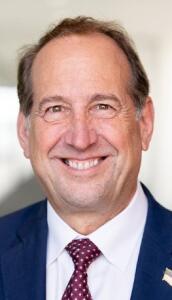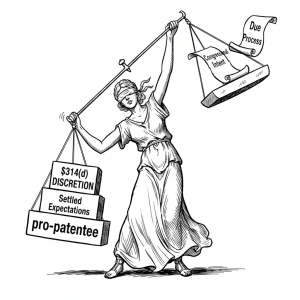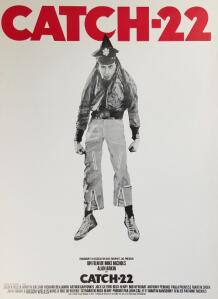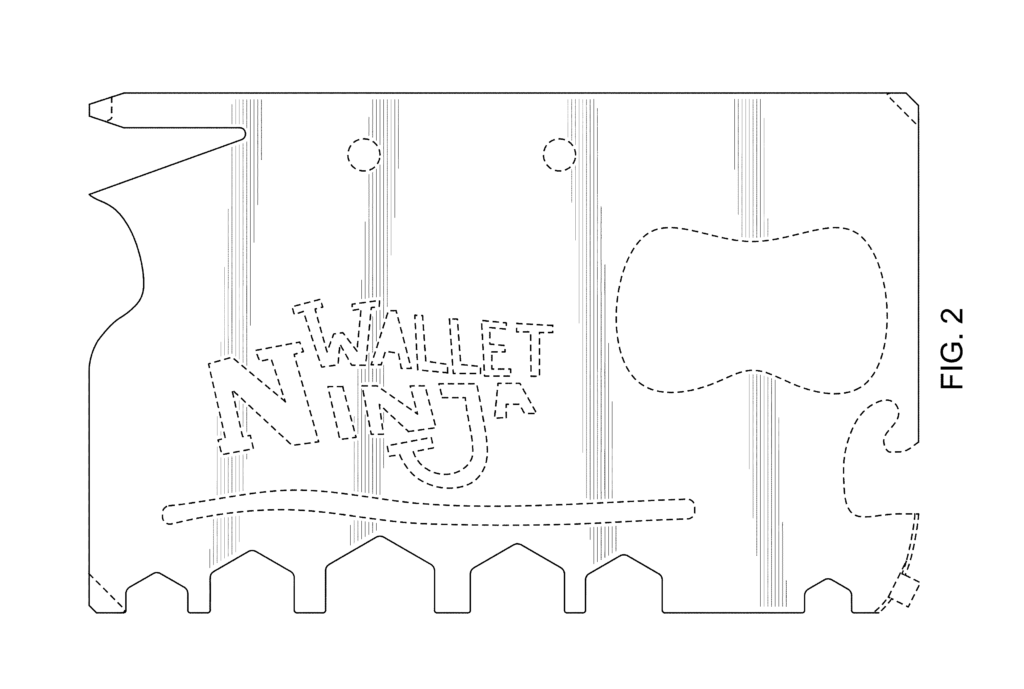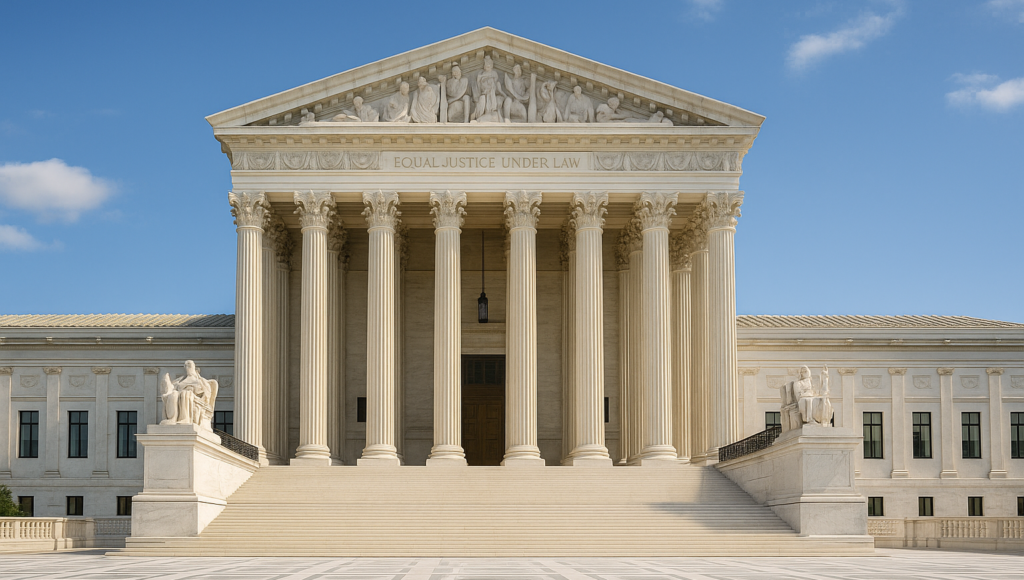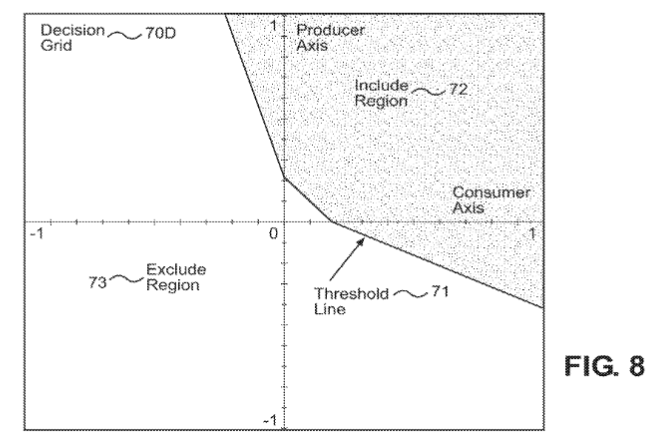In a striking early display of directorial authority, newly sworn-in Under Secretary of Commerce and USPTO Director John Squires has vacated a Patent Trial and Appeal Board (PTAB) decision that had entered a new ground of rejection under 35 U.S.C. § 101 against DeepMind Technologies' machine learning patent application. The September 26, 2025 decision in Ex parte Desjardins, Appeal 2024-000567, Application 16/319,040, represents one of Director Squires' first substantive actions since taking office one week ago and offers yet another clear signal that Section 101 reform is building steam. SquiresPTABDecision.
Squires writes:
Categorically excluding AI innovations from patent protection in the United States jeopardizes America's leadership in this critical emerging technology. . . the panel essentially equated any machine learning with an unpatentable 'algorithm' and the remaining additional elements as 'generic computer components,' without adequate explanation. . . . most troubling [the Panel] eschewed the clear teachings of Enfish, and instead substituted only a cursory analysis that ignored this well-settled precedent. Panels should treat such precedent with more care, especially when acting sua sponte.
Finally, and most clearly a signal to all USPTO employees to back-off with regard to patent eligibility, he writes:
This case demonstrates that §§ 102, 103 and 112 are the traditional and appropriate tools to limit patent protection to its proper scope. These statutory provisions should be the focus of examination.
The application, filed by DeepMind (owned by Google) and prosecuted by Fish & Richardson, claims methods for training machine learning models on multiple sequential tasks while avoiding "catastrophic forgetting," which is defined as the phenomenon where neural networks lose knowledge of previous tasks when trained on new ones. As someone with some ADHD tendencies, I recognizing this issue.
To continue reading, become a Patently-O member. Already a member? Simply log in to access the full post.
